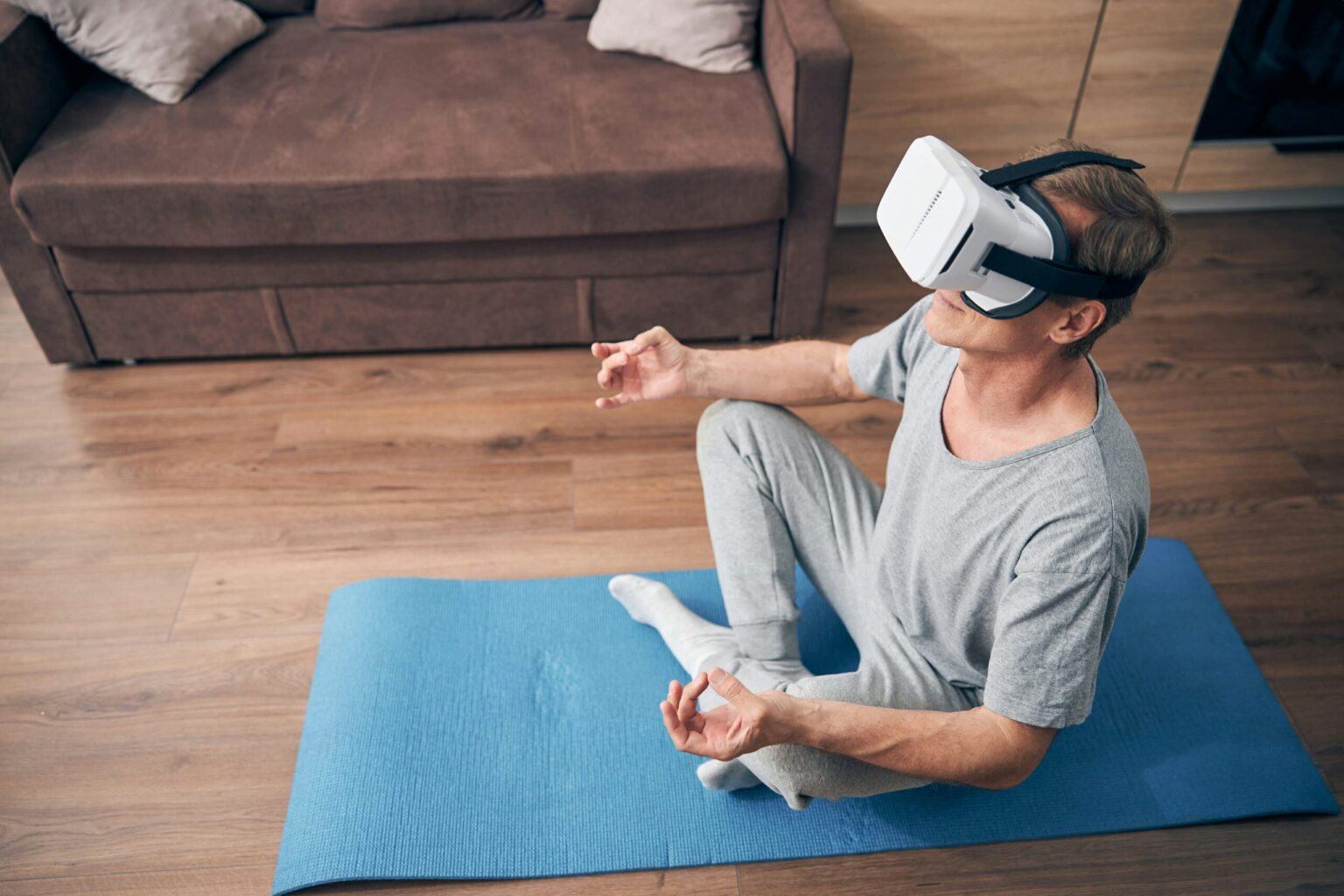February 25, 2025
In a groundbreaking shift for the fitness industry, Virtual Reality (VR) is rapidly becoming the go-to tool for men looking to elevate their workouts in 2025. On February 25, several major fitness brands announced the launch of new VR-driven fitness platforms that promise to revolutionize how men engage with exercise, combining the benefits of immersive technology with personalized, data-driven training.
The move toward VR in fitness comes as gyms and home workout routines evolve, driven by the growing demand for more engaging, dynamic, and efficient ways to stay fit. While VR has been used in gaming and entertainment for years, it is now making its way into the realm of fitness, offering an experience that blends entertainment, exercise, and technology in a way that was previously unimaginable.
“Virtual reality is a game-changer for fitness,” said Emma Sullivan, a fitness tech expert. “It allows men to escape the monotony of traditional workouts and immerse themselves in environments that motivate them to push harder, while still providing the personalized benefits of a tailored workout routine.”
These new VR training platforms work by immersing users in virtual environments—ranging from scenic outdoor trails to futuristic cities—while guiding them through a series of workout routines. Using VR headsets and motion tracking technology, users can perform exercises such as cycling, running, weightlifting, and even high-intensity interval training (HIIT), all while being visually transported to another world. For example, users might find themselves cycling through a virtual mountain range or engaging in an epic boxing match in a futuristic arena, all while performing real-world exercises that challenge both their body and mind.
One of the most exciting aspects of VR training is its ability to provide real-time feedback and personalized coaching. Through advanced sensors and AI algorithms, the system can analyze the user’s form, performance, and physical data, offering adjustments and encouragement along the way. This personalized approach ensures that workouts are optimized for each individual’s fitness level, whether they’re a beginner or a seasoned athlete. It also allows users to track their progress over time, with VR platforms offering detailed performance metrics and goals.
As VR fitness technology evolves, so too do the interactive elements. Some systems are introducing multiplayer modes, where users can compete or collaborate with others in virtual environments. This aspect of social connection is especially appealing for those who miss the camaraderie of group workouts or team sports, making virtual reality fitness both a solo and social experience. These multiplayer features are expected to add a layer of motivation and excitement that traditional fitness apps or in-person gym sessions sometimes lack.
Another significant benefit of VR fitness is its ability to combat one of the biggest barriers to regular exercise: boredom. Traditional workouts often struggle to maintain engagement, especially for those who find gym routines monotonous or uninspiring. By immersing users in thrilling virtual environments, VR workouts have the potential to keep men excited about their fitness routines, leading to greater consistency and, ultimately, better results.
“Working out in a virtual world feels like a whole new experience,” said Jake Lawson, an early adopter of VR fitness. “It’s not just about getting my heart rate up—it’s about enjoying the process. I’m constantly motivated by the immersive challenges and goals. It’s definitely changed the way I approach fitness.”
The cost of VR fitness systems has been steadily decreasing, making them more accessible to a wider audience. With advancements in VR hardware, including lighter headsets and more intuitive controls, fitness enthusiasts can now replicate the experience of a high-end fitness studio in the comfort of their own home. In addition, new partnerships between VR companies and fitness platforms are providing users with access to an ever-expanding library of virtual workouts and environments, making it easier than ever to stay motivated and engaged.
As 2025 unfolds, the adoption of VR in fitness is set to become a defining trend for men’s health and wellness. Whether at home or in a gym, VR offers a level of immersion, excitement, and personalization that traditional fitness methods simply cannot match. As the technology continues to evolve, it’s clear that virtual reality will be a central part of the future of fitness, offering men a more engaging, efficient, and enjoyable way to stay fit, healthy, and motivated.
For those looking to break free from the routine and experience fitness in an entirely new way, the world of VR fitness is ready to redefine the gym experience as we know it.
